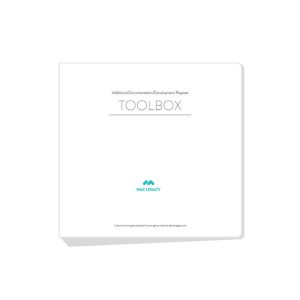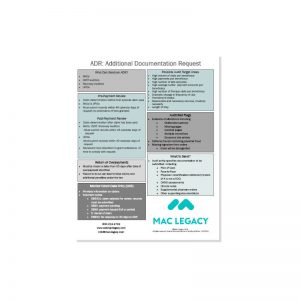Do you struggle with how to navigate Additional Development Requests (ADRs) and ensure accurate reimbursement? These tips will help put you on the right track. Understand the Purpose of ADRs: ADRs occur when payers request additional documentation to justify payment for specific services. Focus on the most common type: Pre-Payment Medicare Approved Contractor’s (MAC) “medical…
Do you struggle with how to navigate Additional Development Requests (ADRs) and ensure accurate reimbursement? These tips will help put you on the right track.
Understand the Purpose of ADRs: ADRs occur when payers request additional documentation to justify payment for specific services.
Focus on the most common type: Pre-Payment Medicare Approved Contractor’s (MAC) “medical review.”
Key Areas for Compliance:
1. Technical Compliance: Physician Face-to-Face Documentation. Ensure you have encounter notes, progress notes, and discharge summaries.
• Plan of Care (POC): Include physician certifications and recertifications.
• Interim/Verbal Orders: Document these.
• OASIS Assessment: Comprehensive assessment is essential.
• Visit Notes: Capture nursing, therapy, social work, and aide visit details.
• Other Relevant Documentation: Include acute/post-acute care records supporting home health eligibility.
2. Quality of Content Compliance: Documentation should be accurate, complete, and relevant to patient care.
Strategies for Accurate Reimbursement:
1. Continuous Quality Assurance (QA): QA coding and OASIS assessments before the chart reaches your inbox.
2. Triple-Check Process: Conduct a monthly triple-check process before finalizing billing.
3. Post-Submission Audit: Regularly audit a portion (at least 10%) of claim volume using the charge-to-chart approach.
Remember, meticulous documentation is your ally in responding to ADRs and securing accurate reimbursement for home health services. Let Mac Legacy be your resource for any auditing or education needs.




